|
Holidays on the Turquoise Coast |
|||
| Holiday starts here | |||
| Çıralı | |||
| Discover a jewel among the holiday resorts | |||
|
|
|||
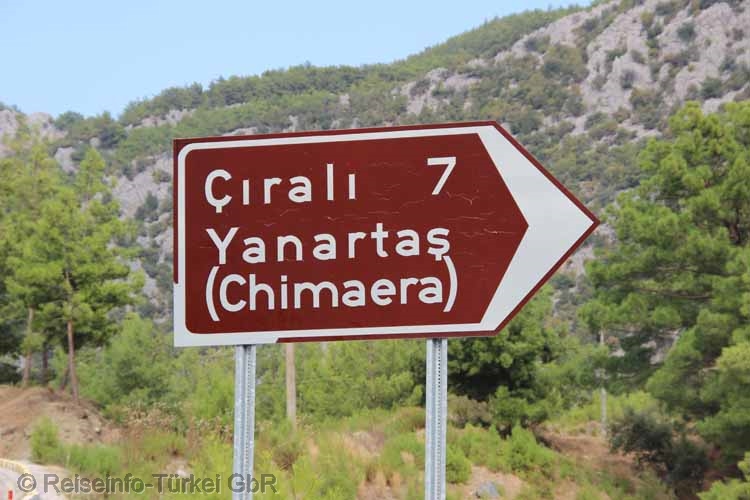 |
|||
|
The road from Antalya to almost Çıralı, the coastal road D400, compensates for the 1.5 hours journey. Unless you do what many people do when they drive on the road, stop to enjoy the sea, the landscape and the view, film or take pictures. Çıralı is today mainly known among people looking for holidays away from the big bed castles on the Turkish Riviera. You won't find them in Çıralı Most houses are content with the ground floor, few show a first floor with shame. |
|||
|
Serpentines meander down 7 km from the coastal road to the village. The narrow street fits to Çıralı, where nothing seems really perfect, but everything has its very special charm. The small village presents itself largely unspoilt and thus becomes a figurehead of gentle tourism. |
|||
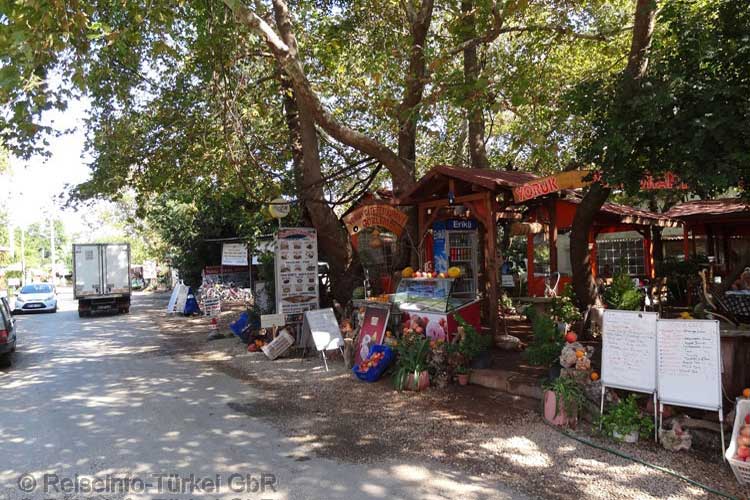 |
|||
|
The village street with its small, lovingly furnished shops and restaurants already looks almost picturesque. After a rain shower, puddles cover the main road, but this, too, a "natural phenomenon" unknown to most townspeople, is part of the charm of this place. Largely unspoilt, that is. |
|||
|
Çıralı was largely agricultural in the 1950s and 1960s. Large forest and swamp areas were made usable for agriculture. Vegetables were grown until the 1990s. Today agriculture is losing importance, the village now lives mainly from tourism. Unfortunately, something special has its price. The accommodation costs in Çıralı cannot be compared with anything in the tourist strongholds on the Turkish Riviera. |
|||
| The beach | |||
 |
|||
|
|
|||
|
The three kilometres long, wide sandy beach is mainly used for tourism at the southern end. Many small restaurants have settled above the beach, some of which provide parasols and facilitate the walk to the water through the hot sand with paved paths. |
|||
 |
|||
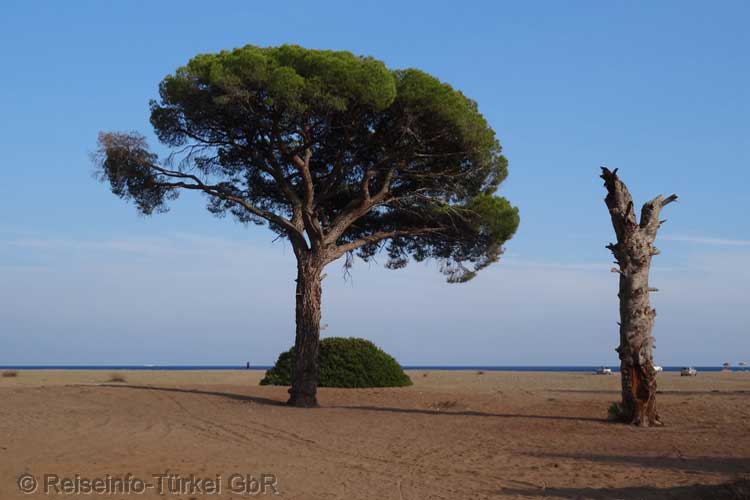 |
|||
|
The significantly quieter northern part of the beach is visited by countless Caretta Caretta sea turtles to lay their eggs in June, July and August. The animals crawl up to 50 meters up the beach at night to dig a 50 cm deep hole. Here they lay about 120 small soft eggs, which they then carefully cover. A volunteer team of nature conservationists has been patrolling the beach every morning for several years now, looking for traces of nocturnal egg deposition. To protect the nests from animal predators, but also from playing children, every nest discovered is secured with a stable wire cage and reed cover. |
|||
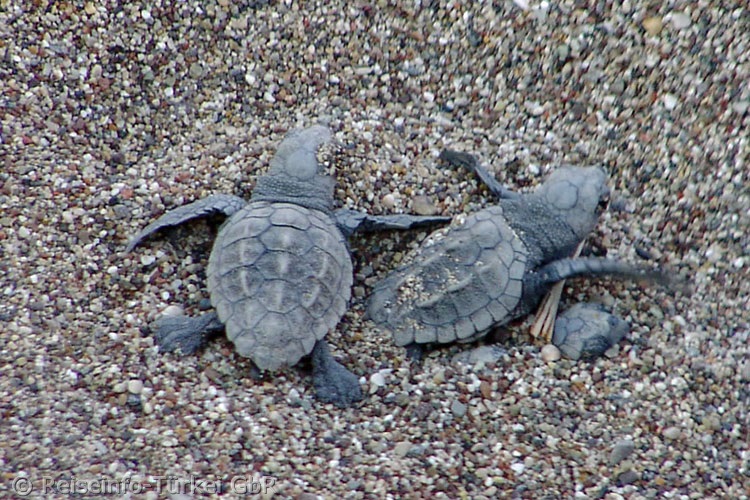 |
|||
|
After about 50 days about 60% of the small turtles manage to
break through the eggshells and dig out of the sand to the
surface. Instinctively they immediately set off on the long and
arduous journey towards the sea where many dangers await them. It is estimated that only about one in a thousand of the female Caretta Caretta reaches sexual maturity and returns to the beach of her birth to lay eggs herself. |
|||
| Mount Chimaera/Yanartaş, the eternal flames | |||
|
|
|||
|
|
|||
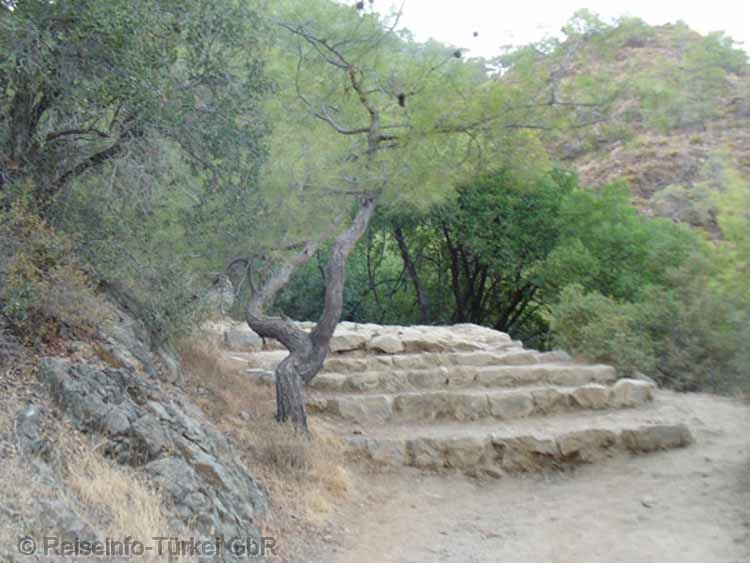 |
|||
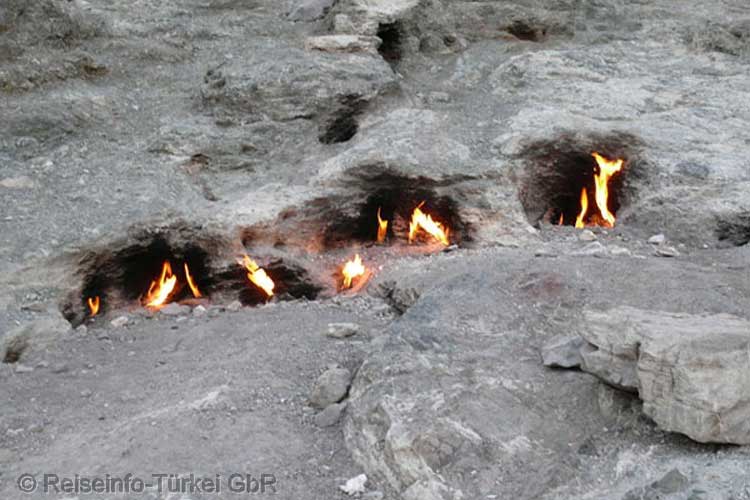 |
|||
|
Mount Chimaera or Chimaira (Turkish: Yanartaş, "burning stone")
is an ancient place of worship above Çıralı. For thousands of
years flames have been popping out of several rock openings.
This place was already known in antiquity. In old chronicles it
is reported that the sailors could orient themselves at the
blazing flames. Today, however, the flames are significantly
smaller. If one climbs up to the flame fields from Çıralı, entrance is required. |
|||
